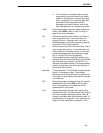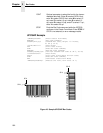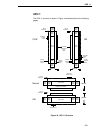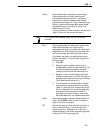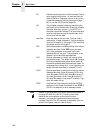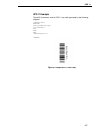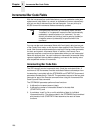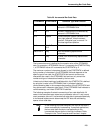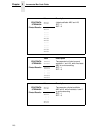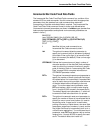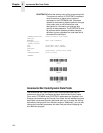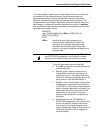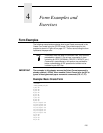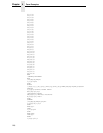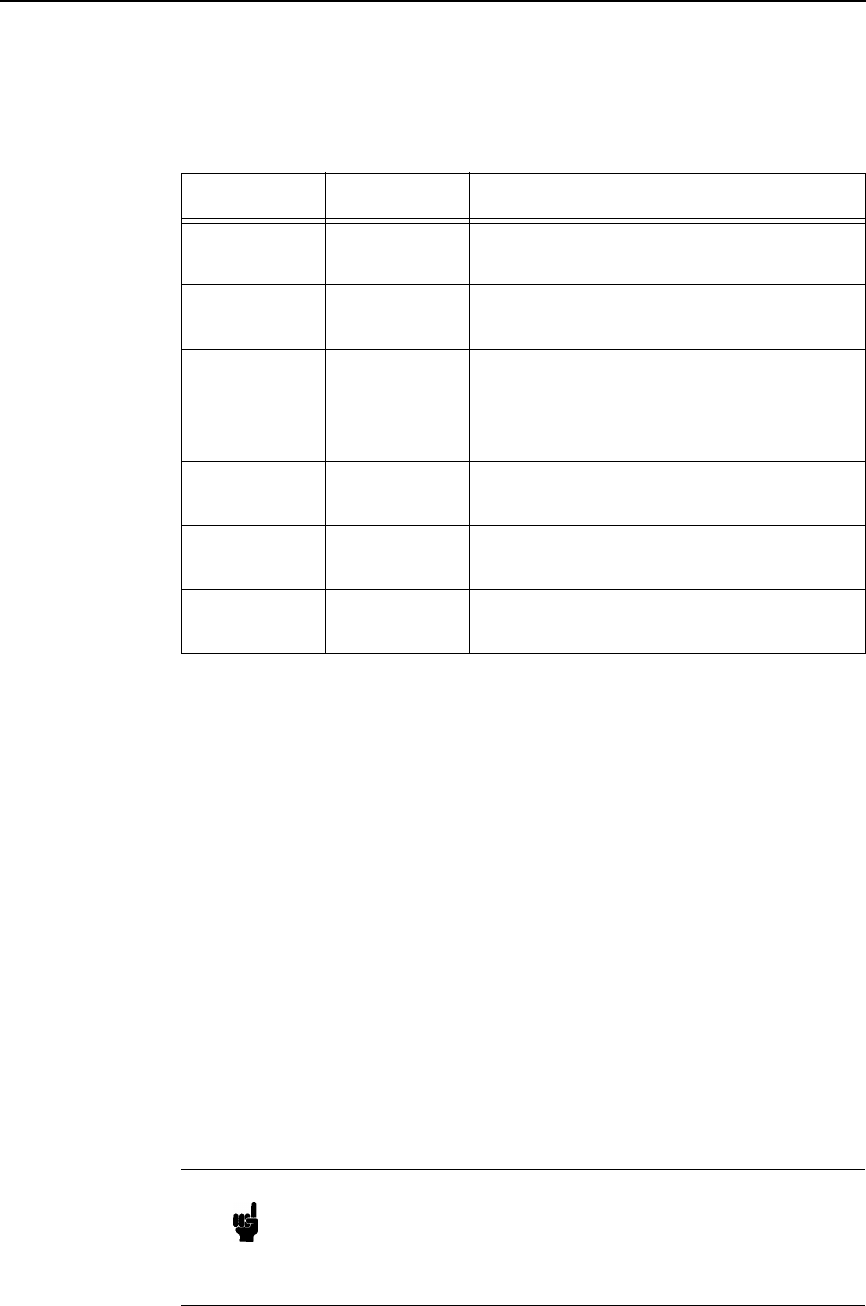
Incrementing Bar Code Data
209
The increment amount is defined by the numeric value of the STEPMASK
data. For example, a STEPMASK value of 1 increments the STARTDATA by
1; a STEPMASK value of 2 increments the STARTDATA by 2.
The maximum number of characters allowed in the STARTDATA is defined
by the number of characters in the STEPMASK field and depends on the
specific type of bar code; the STARTDATA field cannot contain more
characters than used in the STEPMASK field and can only contain the
number and type of characters allowed by the bar code.
Linked and unlinked masking of subfields within the STARTDATA is defined
by using the L value in the STEPMASK field. L indicates linked but
nonincrementing data in the corresponding position of the STARTDATA field.
Any alphanumeric character other than L in the STEPMASK field indicates a
nonincrementing, non-linked STARTDATA subfield.
The following examples illustrate incrementing of bar code data fields. All
cases in the examples use a repeat count parameter value of 1 and a reset
count parameter value of 0. Incremental bar code data is generated identically
to incremental alphanumeric data except the IGP does not add leading
spaces to bar code data.
Table 20. Incremental Bar Code Data
STEPMASK STARTDATA Character Type and Function
0-9 A-Z Alpha characters are incremented by
amount in STEPMASK field.
0-9 0-9 Numeric characters are incremented by
amount in STEPMASK field.
0-9 Space Same character type as character in the
next right adjacent, linked increment
position. Character type is numeric if in
the least significant position.
0-9 Not A-Z or
0-9
Error
Not 0-9 or L Any Non-incrementing alphanumeric
character.
L Any Linked, non-incrementing alphanumeric
character.
Note In the following bar code examples, the
value
of the data is
shown automatically incrementing. In practical applications,
the bar code itself would print corresponding to the
incremented data as shown in the Auto Increment Fields
Example in the “Form Examples and Exercises” chapter.



